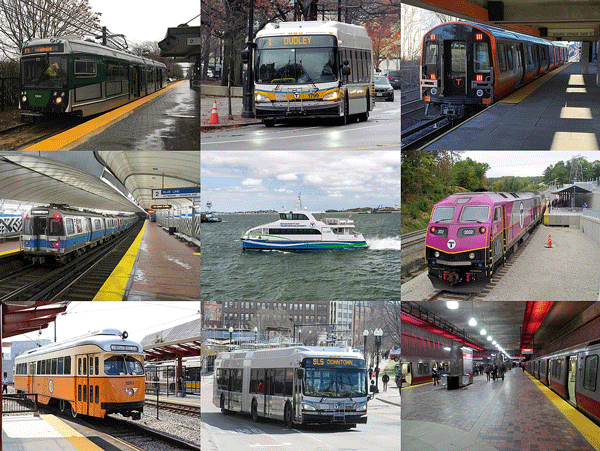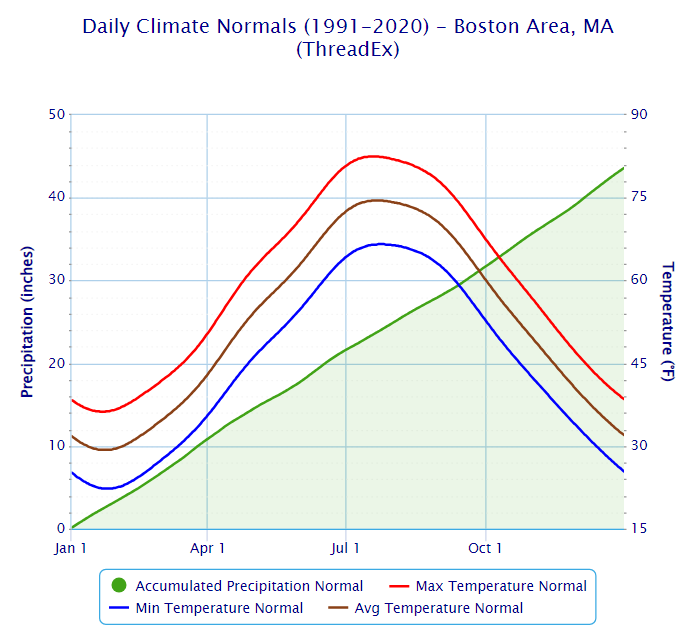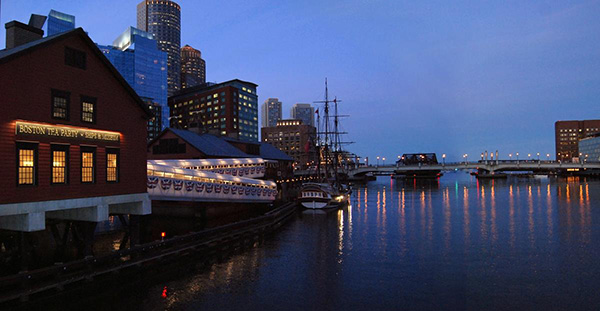The legendary Boston Marathon stands as a cornerstone of athletic prowess and resilience. Dating back to 1897, the world’s oldest marathon has evolved into a global phenomenon. For many runners, qualifying and participating in the Boston Marathon is a lifelong ambition.
Held annually on Patriots’ Day, the 26.2-mile course winds its way through eight cities and towns, beginning in Hopkinton and culminating at Boston’s Copley Square. The route traverses a wide variety of landscapes, from rural roads lined with cheering crowds to the infamous series of hills, including the notorious Heartbreak Hill, challenging the runners’ endurance and spirit.
Boston Marathon at a Glance
- Upcoming Race: April 15, 2024
- 2023 Attendance: 30,000
- 2023 First Place (Men’s): 02:05:54
- 2023 First Place (Women’s): 02:21:38
- Official Website: Boston Marathon
(A) Boston Marathon Course Map and Route Info
Scroll to zoom in and out. Click and hold to move around. Click on icons to see more race info such as gel stations and notable sights along the route. Water and aid stations are not marked on the map because there are plenty.
(B) Boston Marathon Elevation Profile Interactive Chart
(Last Updated: 11/16/2023)
(C) Boston Marathon Expo
- Bib Number and Race Packet pick up
- Adidas store offering official Boston Marathon jackets, backpacks, souvenirs, and other merchandises
- Exhibitor booths
- Photo Ops
- Live presentations and seminars
- Meet and greet opportunities
(D) Hotels and Lodging
Book early!
Hotels in Boston will fill up quickly before the Marathon. Runners who prefer hotel rooms reserved specifically for the race need to book as soon as reservation is open, because they will run out almost instantly. To get the special rates, you’ll need to book through MarathonTours.com which typically releases their block in June.
If you missed it, there are other hotels close to the starting line but you need to act quickly.
For those who prefer a hotel near the finish line instead, there are a few that are not only nearby, but offer rooms that have direct view of the finish line. These rooms cost a fortune and have to be reserve well ahead, sometimes even a year before the race.
(E) Transportation
Boston has a great public transportation system that can take you pretty much anywhere in the city. The most popular option is the subway, often called the T, but you can also choose to take a bus, water taxi, etc. Taking public transportation in Boston is not only quick and convenient, but quite cheap as well.
If you’re staying in Boston for a few days, it’s worth buying a CharlieTicket which offers 1-day or 7-day passes, and is valid for subway, bus, and the Silver Line.
You can download the subway map and learn more at the MBTA website.
Unlike many large cities in the U.S., Boston is rather compact, with many hotels, restaurants, and tourist attractions within walking distance.
To go from Boston Airport to your hotel, you have several options: the T, Logan Express Bus, water ferry or water taxi, and of course Uber or Lyft.

(F) Weather
Boston’s weather in mid April is highly unpredictable.
Although the average temperature is quite pleasant, usually around 40 ~ 60ºF, it’s not uncommon to experience extreme weather conditions on race day. For example, it can be sizzling hot with temperatures exceeding 90ºF, or freezing cold with temperatures dropping all the way to the 30s, occasionally accompanied by snow/ice.
However, weather forecasts have radically improved and become a lot more reliable. A five-day forecast nowadays can be very accurate, allowing you to prepare accordingly.

(G) Boston Marathon FAQ
How do I qualify for Boston Marathon?
Boston Marathon is the hardest race to get in, so much so that achieving BQ (Boston Qualifier) has become a lifetime goal for many runners.
For most people, the way to enter Boston Marathon is to run a qualifying time in a different marathon. It must be a “Boston Qualifying Marathon” which means that its official finish times are recognized by the BAA. You will often see those races proudly promote their status as a Boston qualifier, especially if they also have a flat/fast course that helps with BQ.
Simply running a qualifying time for your age group doesn’t guarantee your entry, however. You often have to be a few minutes faster in order to beat the cutoff, due to more people meeting the bar than spots available. Qualifying and cutoff times are announced by the BAA every year, which has turned into a big event in the runners’ world.
Another way to get into Boston is to run for charities. You don’t need to run a qualifying time, but you do need to raise a substantial amount of money.
Can I run the Boston Marathon if I don’t qualify?
If you don’t have a current qualifying time, the only other way is to go through Boston Marathon’s Official Charity Program. You’re required to raise at least $5,000 in order to be eligible.
Can I bring a bag to the Boston Marathon?
You can’t bring your own bag, except a 1-gallon clear plastic bag to carry some food/water to the start area
When you check in at the Expo to receive your bib number, you will also receive two bags:
One is called the Start Area Bag. This is the one that contains your bib number. You can use this bag to carry some food items to the start area, or use your own 1-gallon clear plastic bag. This is the only one allowed on the marathon transport buses.
Another bag is a bigger, clear, drawstring bag. This is your Finish Area Gear Check Bag. However, you cannot bring it to the start area. Instead, you must drop it off at a designated location near the finish area in the early morning on race day. A pre-printed adhesive label will be provided and you need to attach it to the gear check bag.
People who are able to book a room at the BAA sponsored hotel near the finish line often skip the gear check bag, because it’s more convenient to just walk back to the hotel after the race.
You may also wear a waist pack that is no larger than 5x15x5″ to carry your phone, hotel key or other small items. An armband for cellphone or small camera is also permitted.
Can I wear a headphone or a GoPro during the race?
BAA discourages the use of headphones or action cameras, but doesn’t prohibit them. Any footage must be for personal use only.
Why is it called Heartbreak Hill?
Boston Marathon is known for its rolling hills, and the most infamous one is the hill between Mile 20 and 21 in Newton, often called “Heartbreak Hill.”
By itself, Heartbreak Hill doesn’t look that intimidating: only 88ft ascent over a half-mile stretch near Boston College. However, it is the last of four hills starting at Mile 16. Given that it’s already in the second half of the race and you’re probably exhausted already, and you just climbed three hills without a break, you can imagine why most runners really dread about this one.
It’s necessary to plan carefully for this challenging stretch and reduce your pace accordingly. Our Marathon Pace Generator can come in handy, as we not only reduce your speed for this particular section, but also evenly distribute the extra time throughout your entire race in order to maintain your goal time.
How many spectators watch the marathon?
Boston Marathon is a massive event that regularly draws 500,000 or more spectators. If the weather happens to be nice (not snowing, freezing cold or sizzling hot), well over a million people turn out to watch the race.
You can expect heavy traffic congestions, filled parking lots, and densely packed crowds in popular viewing locations, especially towards the finish line.
The best way to get to a viewing/cheering spot is by taking the T. Parts of the Framingham/Worcester Line are less than a half mile from the course, and the Green Line C Branch runs parallel to it.
